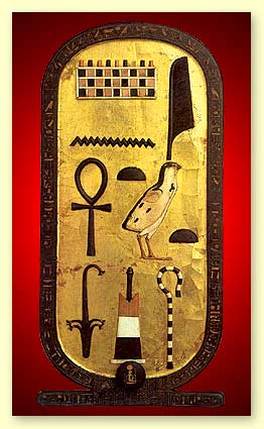Malaria and Genetic Disorder Killed Famous Pharaoh
Many theories have been proposed to explain the mysterious death of the pharaoh Tutankhamun, including betrayal, murder, chariot accidents and infections. Recently, new DNA and scanning technology has given scientists evidence of a new theory; that King Tut was a sickly teenager who suffered from malaria and other harmful genetic conditions. They believe that this is what ultimately ended the life of the famous king.
DNA Scan Reveals Genetic Disorders
- When researchers scanned Tutankhamun's mummy, they found he had severe
curvature of the spine and a toe deformity that made his left foot swell and
would have cause incredible pain when he walked.
- Although many drawings his tomb show the pharaoh riding chariots, he is often
shown sitting down in the pictures. This is a very unusual position for a king
and shows that he might have had real trouble walking.
- In addition, 100 walking sticks were also found in Tut's tomb. Although
historians once thought they represented the power of the pharaoh, they now
believe that the king could barely walk and needed them to move his fragile
body.
Evidence of Malaria
- Examining Tut's DNA also showed evidence of the deadly disease malaria in his
blood. Malaria is spread by mosquitoes and is deadly to humans, especially in
ancient Egypt with no medication to treat it.
- Historians believe that the malaria parasite may have weakened Tutankhamun
even further, making him vulnerable to easily curable infections and eventually
causing his untimely death.
DNA Scan Reveals Genetic Disorders
- When researchers scanned Tutankhamun's mummy, they found he had severe
curvature of the spine and a toe deformity that made his left foot swell and
would have cause incredible pain when he walked.
- Although many drawings his tomb show the pharaoh riding chariots, he is often
shown sitting down in the pictures. This is a very unusual position for a king
and shows that he might have had real trouble walking.
- In addition, 100 walking sticks were also found in Tut's tomb. Although
historians once thought they represented the power of the pharaoh, they now
believe that the king could barely walk and needed them to move his fragile
body.
Evidence of Malaria
- Examining Tut's DNA also showed evidence of the deadly disease malaria in his
blood. Malaria is spread by mosquitoes and is deadly to humans, especially in
ancient Egypt with no medication to treat it.
- Historians believe that the malaria parasite may have weakened Tutankhamun
even further, making him vulnerable to easily curable infections and eventually
causing his untimely death.

